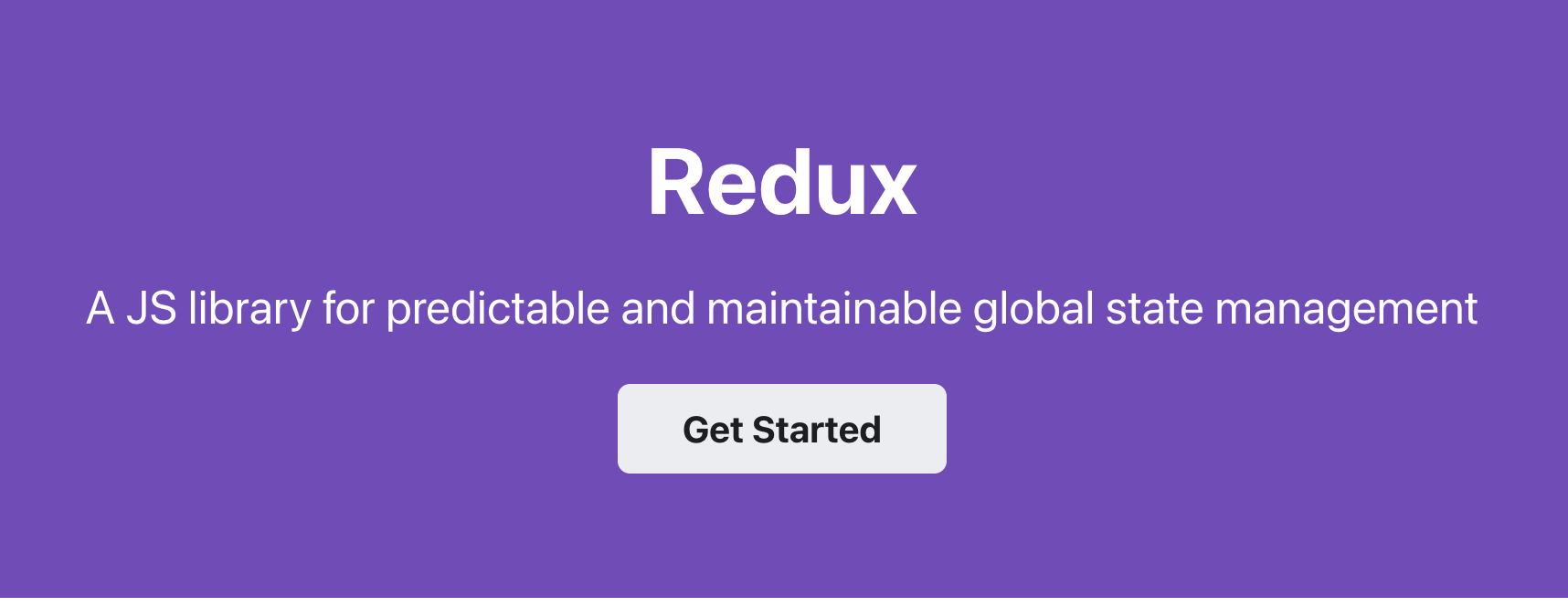Brand Visibility in LLMs Requires a New Kind of State
If you’ve ever worked with developers to improve website behavior, like handling pop-ups, forms, or product filters, they were probably using React. It’s a popular tool for building modern websites (to say the least). But when too many pieces of a site need to work together, the process gets chaotic fast.
Developers help resolve this by turning to Redux - a Javascript tool that pulls scattered data into one place and makes it easier to coordinate. Its not an elegant process but it produces consistency and control, especially when in comes to interactive experiences. It's also why Michael Antzack believes the centralized state wins.
That same logic is now starting to show up in how brands think about visibility and coordination in the age of LLMs.

Most brands that experiment with LLMs today are thinking in static terms, like a chatbot that answers FAQs or a plugin that pulls from their help docs. Even a one-time prompt injected into a marketing tool. These are isolated efforts useful but a bit shallow. They don’t account for the where the user is in their customer journey, or even the broader goals of the brand.
LLM visibility for brands is not going to stay still. The focus will shift from just showing up in the LLM to showing up in context. In other words, LLM awareness of the customer’s past behavior, current intent, and what needs to happen next. While speculation is great, what use does this theorizing have for brands today? This is where the Redux analogy gets interesting.
A Shift Toward Agent-Driven Coordination
LLMs are moving beyond simple prompt-and-response tools. They’re evolving into agents that operate as autonomous or semi-autonomous systems. That means they can plan, retrieve data, take actions, and even coordinate with other agents. The AI agent won't just answer your question about a return policy, it will initiate the return, updates your order history, and sends a Slack alert to your fulfillment team.
To enable that kind of behavior, you'll need more than a knowledge base. You'll need to gain centralized, accessible, real-time state of the customer relationship.
In practical terms, this means building an LLM-ready interface layer that is able to track and feeds dynamic data into the agent. Tools like n8n, which automate workflows across apps, could act as connective tissue here. They would make sure the agent sees updates in CRM, inventory, analytics, and support systems in near real time.
Will LLMs Evolve to Handle This?
Probably. We’re already seeing early moves toward multi-modal inputs, tool use, memory, and planning. n8n's are exploding among early adopters. In a year or two, it may not be unusual for a customer to browse, ask questions, and purchase within a branded agent interface powered by LLMs.
But that can’t happen unless the brand builds the right data scaffolding. If there’s no visibility into product catalog changes, loyalty status, or campaign eligibility, the AI won’t be able to take meaningful action. It will fall back to generic responses, just like a broken UI reverts to static HTML. So there's a lot of work to be done.
What This Means Right Now
If your brand is just getting into LLMs, don’t limit your thinking to surface-level visibility like prompt optimization or FAQ coverage. I know, it's already asking a lot to move on from SEO to focus on LLM Visibility. But first followers 'get the worm'. Start by treating your data layer as the interface. There is no roadmap here but you can begin by asking:
- What does the AI see about this customer?
- What decisions could it make with that context?
- How could automation tools coordinate the next step?
Yes, it’s a little like replacing email with chat but it's more than that. It’s a shift from fragmented, one-off messaging to stateful, intelligent, AI-driven interactions. And it will require rethinking where your brand’s “state” lives, that is - what data your AI systems can actually see and act on.
Anticipating these moves can help you stay ahead, especially as others are already laying the groundwork to be more customer-responsive. Because bfore long, AI agents won’t be chatting with your customers, they’ll be acting on their behalf.